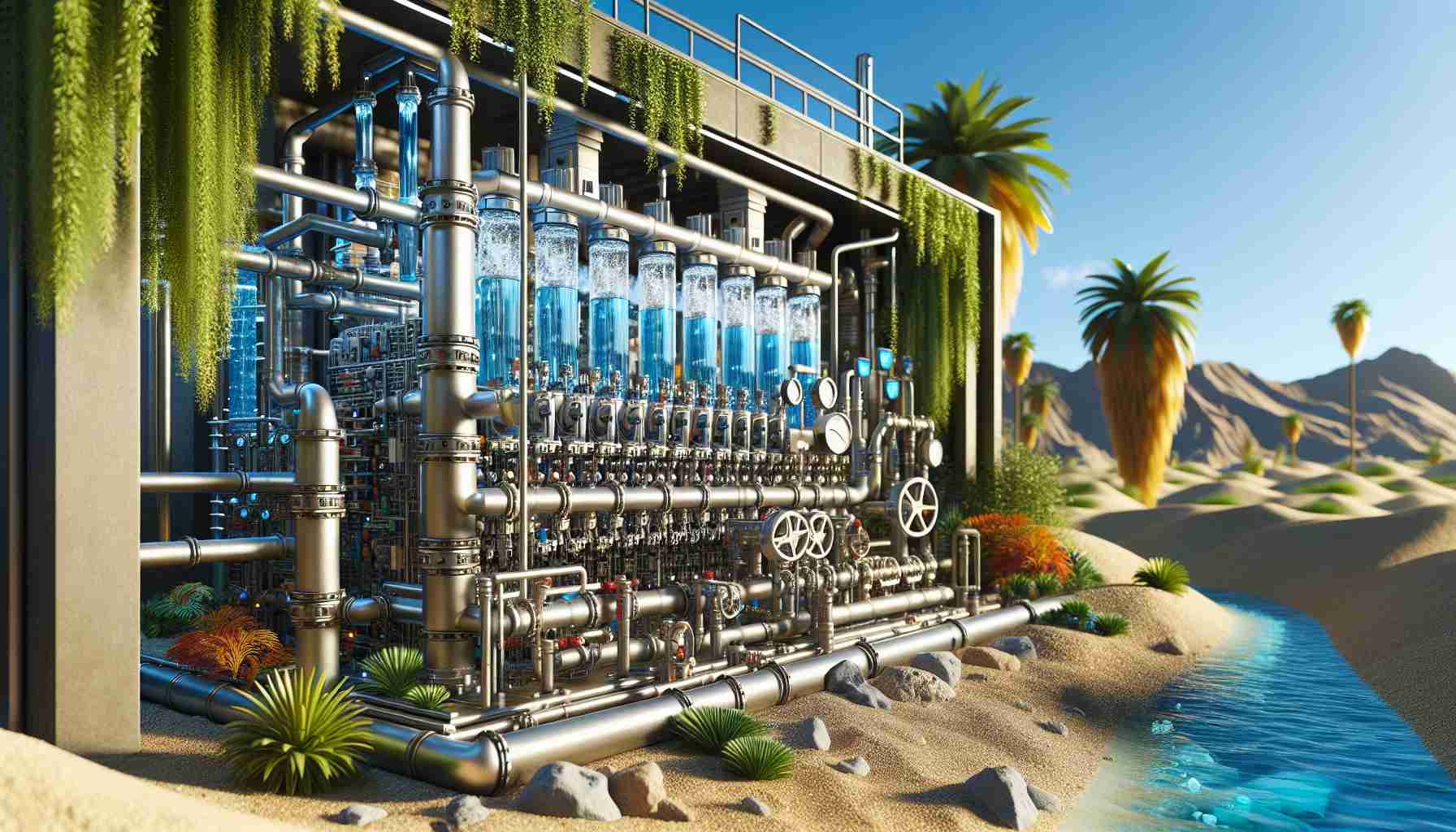
New Water Conservation Technology Implemented in Tenerife Municipality
A cutting-edge approach has been adopted by a municipality in Tenerife to enhance water supply management. Using innovative sensors, the municipality performs real-time leak detection, notifying maintenance crews promptly.
Efforts to modernize Tenerife’s water supply infrastructure include significant investments exceeding 9 million euros in sewage system and pipeline upgrades. Additionally, smaller municipalities with populations under 20,000 are set to receive a financial boost of 2 million euros from the Tenerife Island Council to enhance their water distribution networks.
Through a recent collaboration between the Island Council and the Canarian Federation of Municipalities (FECAM), a commitment was made to revamp water distribution systems and minimize water loss. This partnership aims to benefit a total of 12 municipalities in Tenerife, marking a pivotal step towards achieving sustainable water management practices in the region.
New Sensor Technology Revolutionizes Water Conservation Efforts in Tenerife
In the wake of the recent advancements in water conservation technology in Tenerife, a critical question arises: how does the implementation of innovative sensors impact water conservation efforts in the municipality? The new sensor technology plays a crucial role in real-time leak detection, allowing for immediate notifications to maintenance crews when leaks are detected. This proactive approach not only helps in preventing water loss but also ensures timely repairs, ultimately reducing water wastage significantly.
One key challenge associated with the adoption of such cutting-edge technology is the initial cost of installation and maintenance. While the long-term benefits are clear, municipalities may face financial constraints in implementing these advanced systems on a larger scale. Finding sustainable funding sources and ensuring cost-effectiveness will be essential in overcoming this challenge to ensure widespread adoption and success.
Advantages of this new water conservation technology in Tenerife include:
1. Real-time leak detection: The ability to detect leaks as they occur allows for prompt action to minimize water loss.
2. Improved water management: By monitoring water distribution systems closely, municipalities can optimize water use and reduce wastage.
3. Environmental impact: Conserving water through efficient management practices contributes to environmental sustainability and resource preservation.
Despite its benefits, there are also some disadvantages to consider:
1. Initial costs: The high initial costs of implementing sensor technology may pose challenges for municipalities with limited budgets.
2. Technical expertise: Proper training and expertise are required to maintain and manage the sensor systems effectively.
3. Dependency on technology: Relying heavily on technology may lead to vulnerabilities in case of system failures or malfunctions.
For more information on water conservation and innovative technology solutions, visit the official Tenerife website.